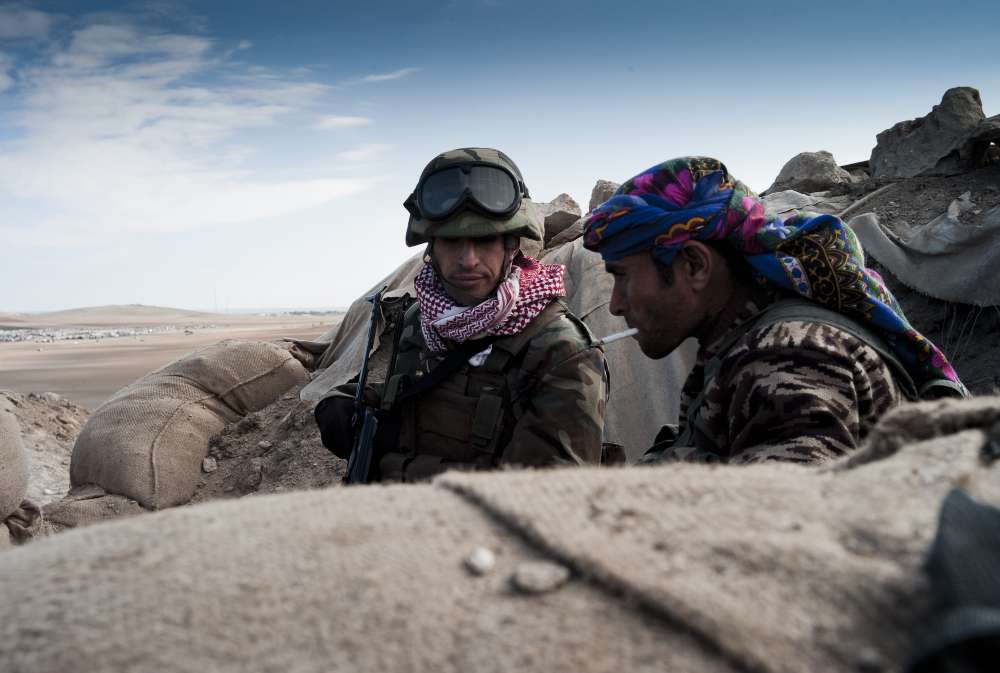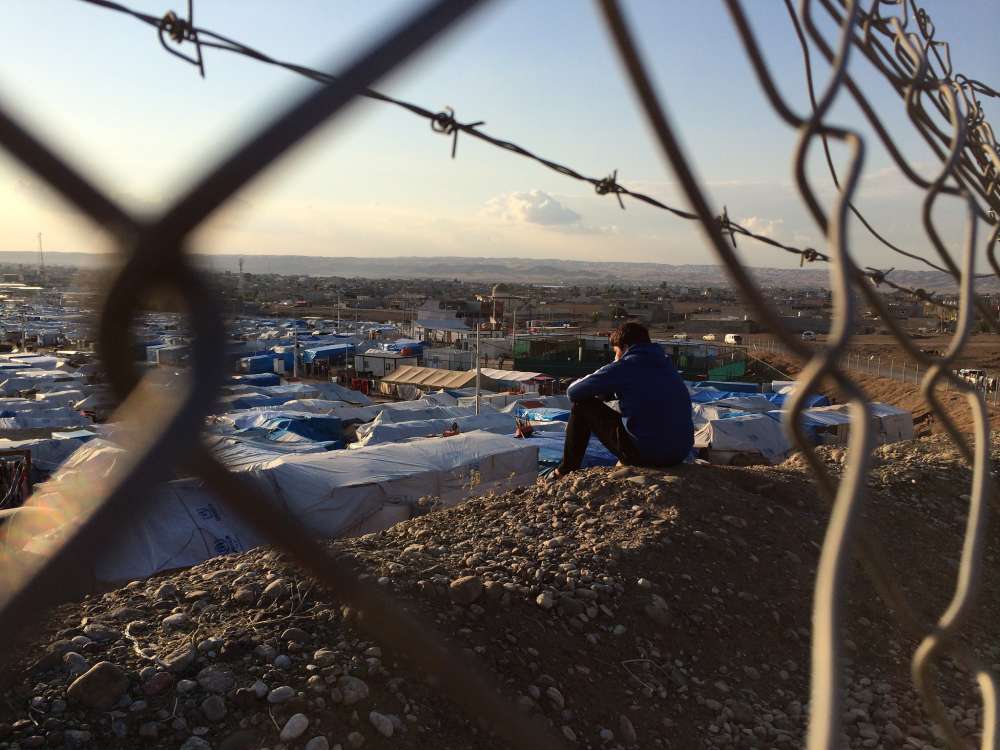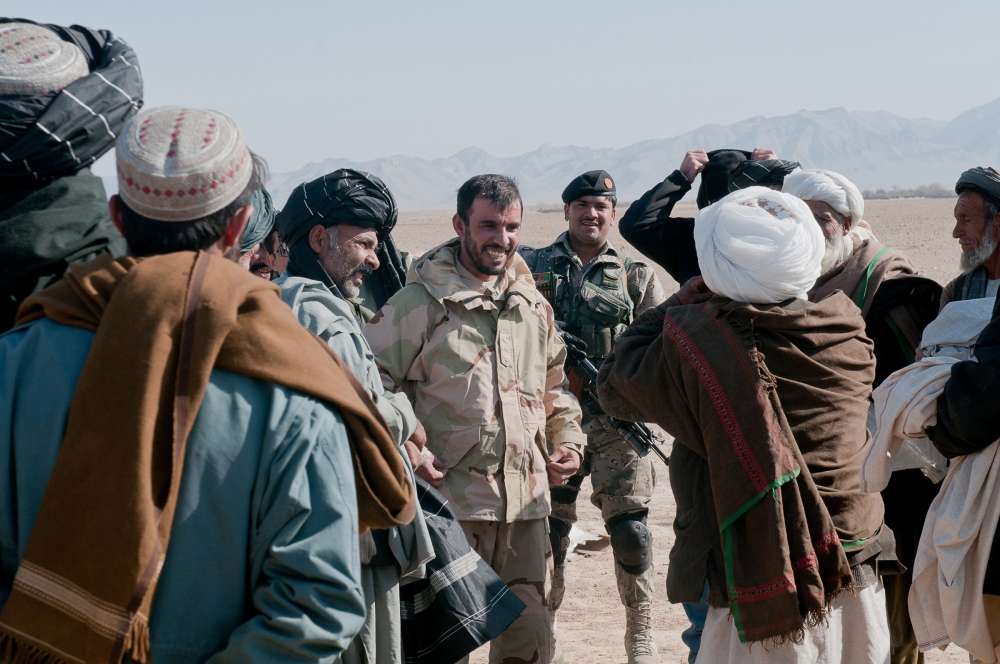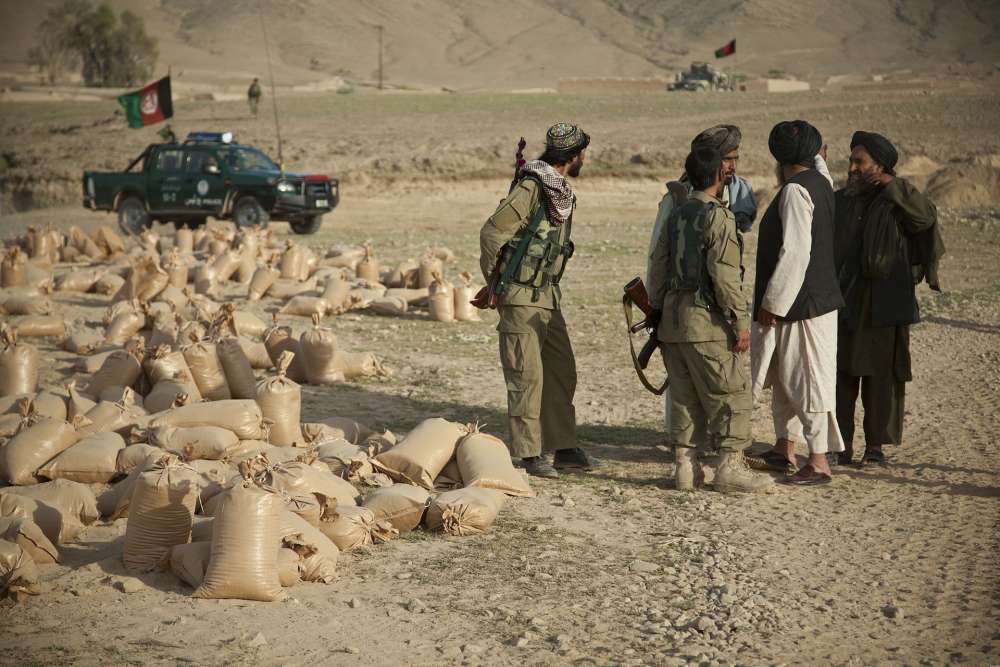Militias or Partners? Local, Hybrid and Sub-State Forces in Afghanistan and Iraq
Community or regional forces, militias, and other forms of sub-state or local security actors have long existed in Afghanistan and Iraq, and continue to proliferate. In recent years, local, hybrid and sub-state forces (LHSFs, as we refer to them) have often proved to be a critical stopgap against anti-government forces in both countries. But how do these security gains balance against other potential side effects for governance, rule of law, or civilian protection? How do repeated cycles of militarizing local spaces affect local community dynamics and prospects for a sustainable peace? This three-year project, which closed in October 2019, tackled these issues by mapping and assessing the impact of LHSFs in Afghanistan and Iraq. It also explored some thematic or comparative issues across both countries as well as in Syria, shared below. A summary of key issues is available for download.
Project Background
Key Project Reports and Findings
Men with Guns: Political Economy Lessons for Disbanding or Integrating Hybrid Security Forces
At the Tip of the Spear: Armed Groups’ Impact on Displacement and Return in Post-ISIL Iraq
Project Team
Funding & Partners
This project was commissioned and financed by the Ministry of Foreign Affairs of The Netherlands through WOTRO Science for Global Development of the Netherlands Organisation for Scientific Research (NWO-WOTRO). It was developed in collaboration with the Knowledge Platform Security & Rule of Law (KPSRL) as part of the Ministry’s agenda to invest in knowledge and to contribute to more evidence-based policymaking. The project is jointly implemented by the Global Public Policy Institute (GPPi) in Berlin, the Afghanistan Analysts Network (AAN), and the Institute for Regional and International Studies (IRIS) at the American University in Sulaimani in Iraq.










